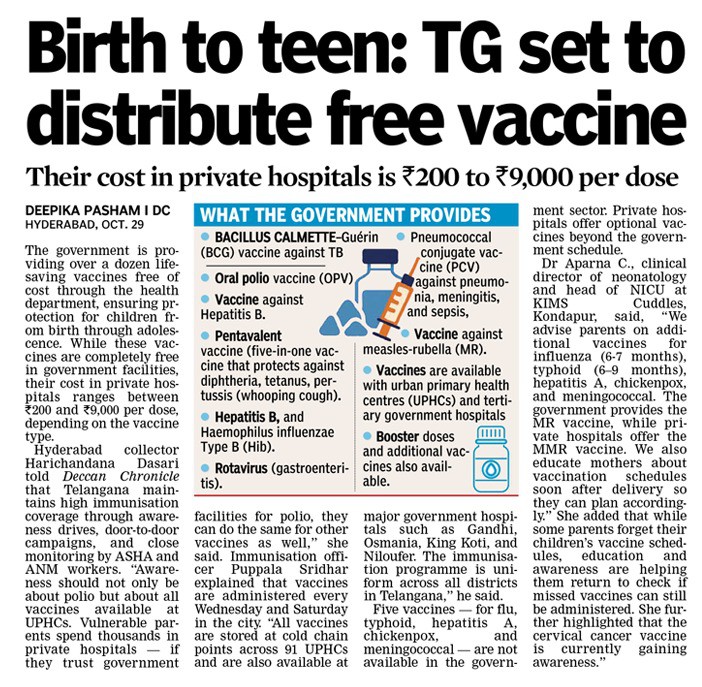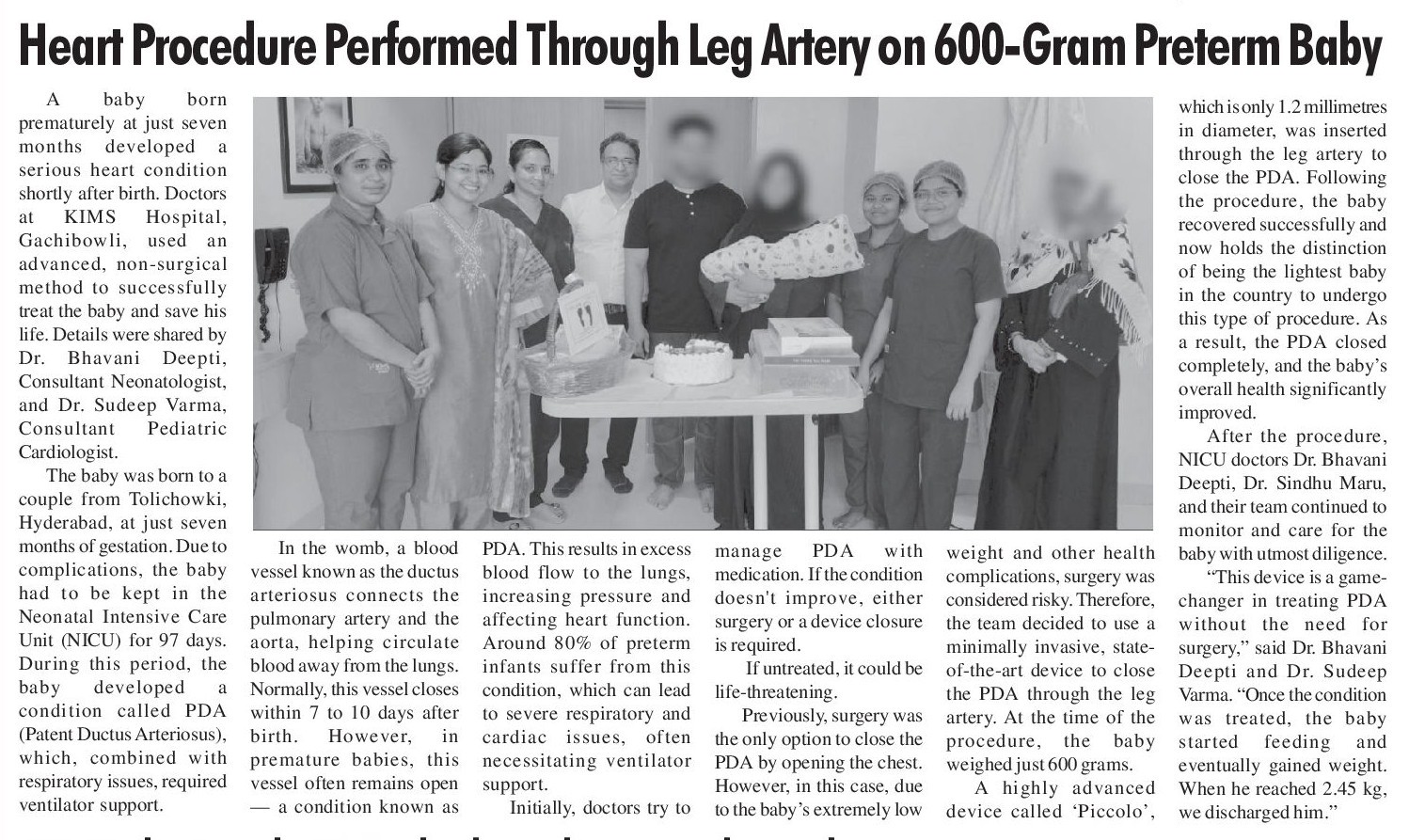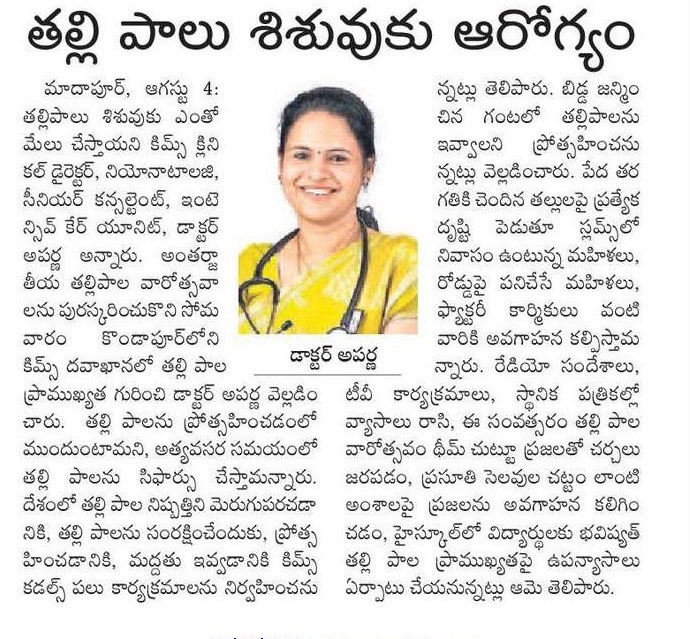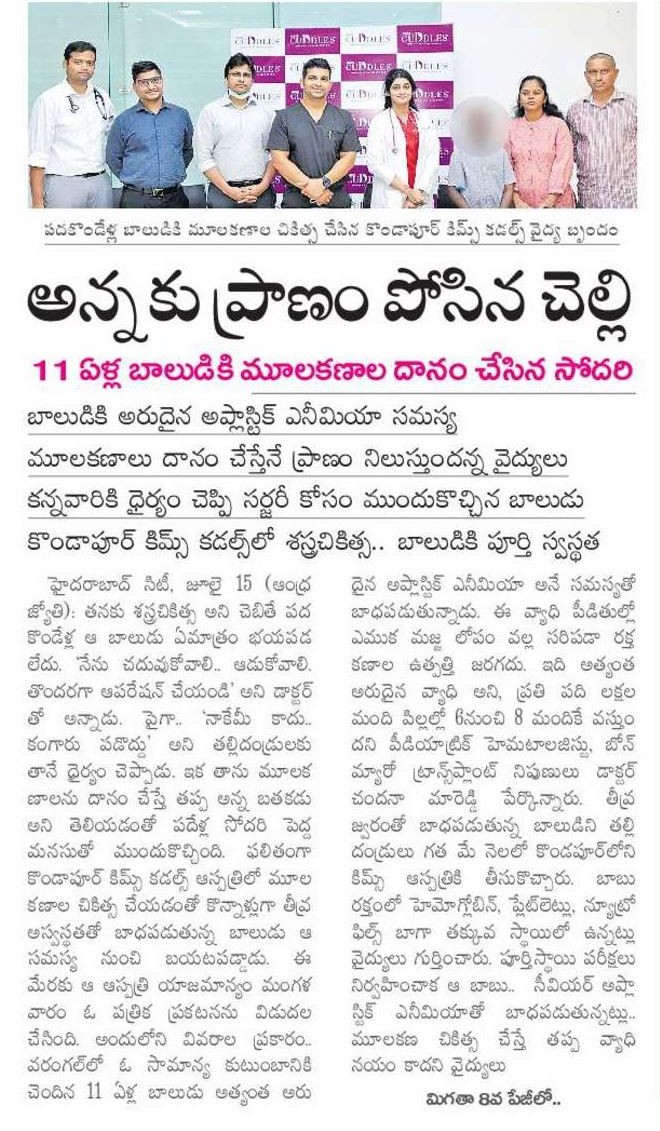12 January, 2024
Allergies and Intolerances in Babies
Authored By:
As babies embark on their journey of solid food introduction after 6 months, parents often encounter the complexities of allergies and intolerances when new foods are introduced with the hope of acceptance of the fresh food. The child may accept it, throw it out, or spit it if they do not like it. They may also show some discomfort, which could be signs that make it difficult for the mother to understand the acceptance and taste of it. Mothers understand the signs of acceptance and discomfort, and understanding the difference between the two makes it easy for the mother to need to see a doctor because these conditions are different for the well-being of the infant.What are Allergies and Intolerances:We need to start observing the between allergies and intolerances is essential for accurate recognition and management for the child of various age groups. Many parents find it difficult to know the difference between the two as they look quite similar. Immune-mediated food allergies and non-immune-mediated intolerances are examples of adverse food reactions. Nevertheless, there is frequently confusion regarding this distinction and the participation of several pathogenetic pathways. Additionally, there is a mismatch in the real versus perceived prevalence of immune-mediated food allergies as well as extremely common non-immune food reactions. There is a chance that a careless approach to accurately identifying them will result in improper diets that are severely deficient in nutrients.Understanding Signs and Symptoms:We need to recognize that allergies and intolerances rely on observing a few baby signs and symptoms. The common signs and symptoms noticed areSkin reactions (eczema, hives)Gastrointestinal issues (diarrhea, vomiting)Respiratory problems (coughing, wheezing)Behavioral changesFood Intolerance( special dislike for peanuts and vegetables)Common Allergens and Triggers:Certain foods are more likely to trigger allergic reactions in infants from 6 months onwards. These could be found on examination with a routine prescribed investigation. The most common allergens are found to be milk, eggs, peanuts, nuts, soy, wheat, fish, and shellfish. The mother could also observe the foods for triggering factors and where she can note this. She can tell the primary care given upon the visit what foods trigger the above-stated signs and symptoms or if she notices anything different.Lactose Intolerance in Babies:Lactose intolerance is a common form of intolerance, particularly as babies transition to dairy-based foods. Lactose tolerance can be identified during breastfeeding issues when the babies become extremely fussy during feeding and experience vomiting and loose motion, which could be one of the early signs and symptoms of identification. Lactose tolerance can be settled for a few days if the mother excludes dairy from her diet, but still, if this pertains, then investigation prescribed by the neonatologist will help in the identification of the intolerance in detail.Diagnostic Approaches:When allergies or intolerances are suspected, diagnostic approaches become crucial and need to be treated as the top most priority.. Various methods, including skin prick tests, blood tests, and elimination diets, highlighting their benefits and limitations. The results of the test take a longer time. These are special tests run in the labs, which can be costly, but they will help to save the life of a child in the journey. These tests are costly in India and have been performed by special labs which produce accurate results leading to rear findings which can be recorded.Managing Allergies and Intolerances:Once allergies or intolerances are confirmed, managing becomes key to ensure the baby's health and well-being. The allergens which have been identified can be excluded from the foods of the baby. We also need to ensure we adequately educate the parents in reading good labels, warning signs, and a list of ingredients.Parents can effectively manage food allergies and may adhere to a different food choice.Introduction of Solid Foods and Allergenic Foods:The timing and method of introducing solid foods at the age of 6 months can impact the development of the child, and also there can be nutritional deficits. Talking to a nutritionist will help the parents identify which nutrient is lacking by the child in their growth and development and that will be beneficial for the child to not have any compromised health.Breastfeeding and Allergy Prevention:Breastfeeding in allergy prevention is a crucial aspect of managing allergies in babies. Breastfeeding plays a crucial role in allergy prevention for infants. Breast milk contains antibodies such as IgA and IgE and protein based nutrients that strengthen the baby's immune system, reducing the risk of allergies. Exclusive breastfeeding for the first six months is recommended to provide optimal protection against allergic reactions and promote overall health; however, if kids are found to have allergies in the first 6 months, then they are advised special formulas that will help them prevent these allergies.Managing Emotional Aspects:Managing emotional aspects in food allergies involves open communication with family and near ones. This helps to educate oneself and others and practice empathy. Coping with anxiety or fear requires strong support from family and friends, emphasizing safe food environments, and cultivating resilience. The Emotional challenges associated with food allergies enhance the overall well-being of individuals, and community work brings in a lot of love and faith, which helps the family to grow.Allergies and Intolerances: A Lifelong JourneyAllergies and intolerances create a lifelong journey of navigating dietary choices that need to be altered by age and situation. Parenst need to foster constant check with feedback, education, and adaptability to become helpful if they see a parent require any support..Managing symptoms, seeking medical guidance, and fostering understanding in social gatherings are ongoing aspects of life and can't be avoided. Despite these challenges, we must embrace a proactive and informed approach, ensuring a balanced and fulfilling lifestyle.Conclusion:In conclusion, we must understand that child food allergies require a multifaceted approach encompassing education, communication, and follow-up management. Empathy and understanding from doctors, educators, and parents play a pivotal role. Children with food allergies can thrive With well-informed strategies, a supportive environment, and a community, ensuring a healthy and inclusive upbringing.This article was written by:Mrs. Pooja Marathe,B.Sc Home Science, PGD Dietetics, MBA Food Management, Pediatric Nutritionist (India, UK), IYCF (India, USA), Certification in Pregnancy Nutrition (Germany), Maternity & Pediatric Nutritionist & Lactation Consultant.KIMS Cuddles, Sec-bad


































